The term ‘low light’ in photography can refer to lots of different settings – a studio with the lights dimmed low and windows shuttered, a city view at blue hour, a majestic desert night sky, or even a gloomy day with dark clouds. Photography sensor technology has come a long way enabling pictures to be captured in places where light isn’t plentiful, but what lenses are best used to capture these moments?
From the endless options out there, we’ll focus on what we think is the best lens for different low light scenarios – sticking to the essentials: from wides, to primes, to zoom lenses.
Want more photography tips and inspo? Join our mailing list to get the latest straight to your inbox 📮
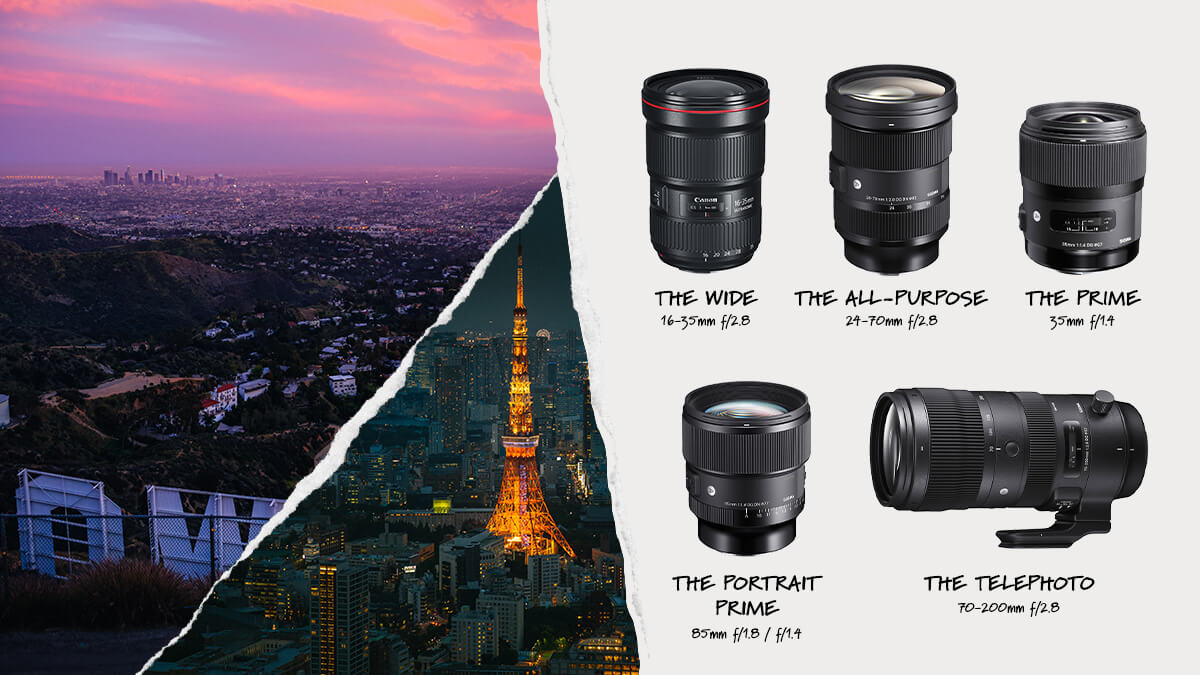
16-35mm f/2.8 – The Wide Low Light Lens
Starting it off with the widest low light-ready lens, the 16-35mm f/2.8 is the perfect lens to capture it all. From an ultra wide 16mm, all the way to a more tame 35mm, the zoom range offers versatility if you ever need to adjust your focal length in the moment. The wide f/2.8 aperture does its magic in letting lots of light to ensure great performance in low light settings. This lens can be used for anything from landscape, to architecture, to even a certain style of portrait!
Lens recommendations:
Sony: Sony FE 16-35mm f/2.8 G Master | Alt: Sony 16-35mm Vario Tessar f/4
Canon: Canon EF 16–35mm f/2.8L III | Alt: Tamron SP 15-30mm f/2.8
Nikon: Nikkor 17-35mm f/2.8 | Alt: Tamron 17-35mm f/2.8-4 OSD
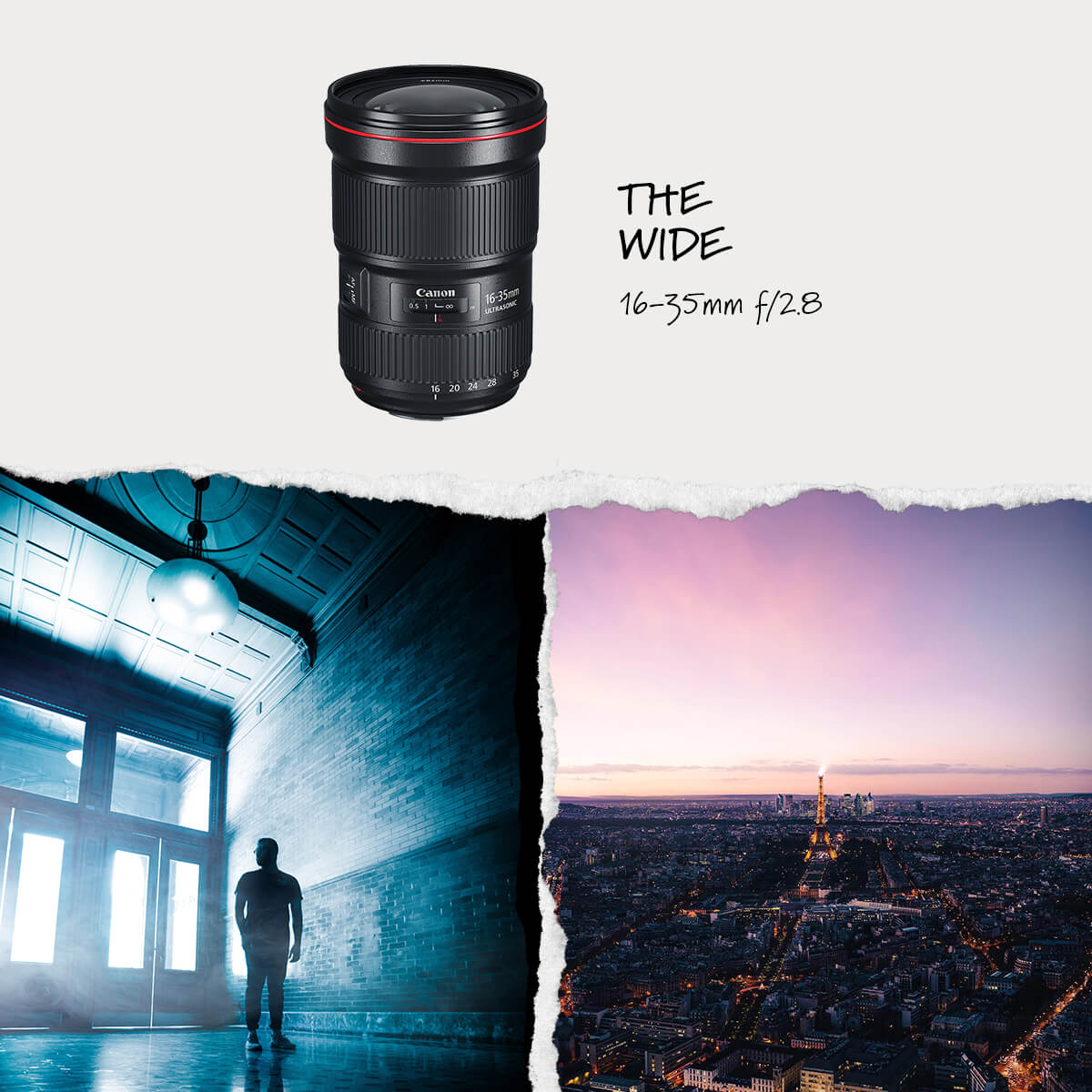
Image 1: 1/250, f/2.8, ISO 1600, 19mm | Image 2: 1/60, f/2.8, ISO 640, 35mm
24-70mm f/2.8 – The All-Purpose Low Light Lens
The 24-70mm f/2.8 comes in as that midpoint between a wide angle and telephoto. This is another low light lens that gives you the versatility of focal lengths, allowing you to adjust the zoom depending on the situation. The fixed f/2.8 aperture also lets in enough light to capture images in dim settings without having to crank the ISO.
Lens recommendations:
Sony: Sony 24-70mm f/2.8 G Master | Alt: Sigma Art 24-70mm f/2.8 FE
Canon: Canon 24-70mm f/2.8 | Alt: Sigma Art 24-70mm f/2.8 (for Canon)
Nikon: Nikkor 24-70mm f/2.8 | Alt: Sigma Art 24-70mm f/2.8 (for Nikon)
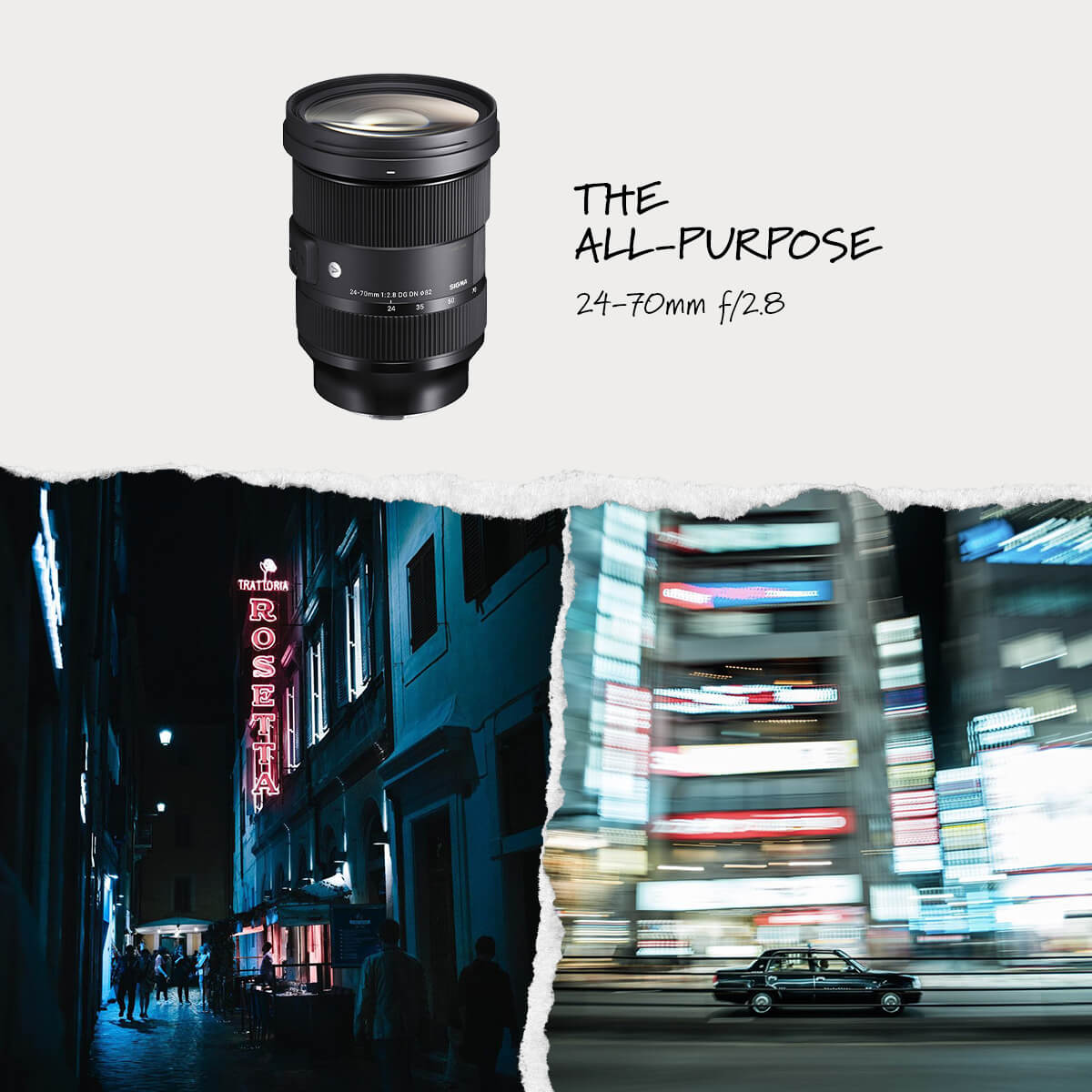
Image 1: 1/160, f/4.0, ISO 2000, 45mm | Image 2: 1/10, f/3.2, ISO 125, 24mm
35mm f/1.4 – The Low Light Prime Lens
Prime lenses provide us the lowest possible apertures at the expense of being stuck at a single focal length. With apertures as wide open as f/1.4, we can see why!
Allow us to introduce you to the 35mm f/1.4 prime low light lens. The 35mm prime is a go-to for photographers capturing anything from portraits to street snaps, for its wider angle mixed with the super wide aperture. The lens also captures images in their true-to-life form, avoiding distortion. Thanks to its versatility and lightweight build, the 35mm f/1.4 is up there as one of our top low light lens picks.
Lens recommendations:
Sony: Sony FE 35mm f/1.4 G Master Prime | Alt: Sigma Art 35mm f/1.4 Prime (for Sony)
Canon: Canon EF 35mm f/1.4L II Prime | Alt: Sigma Art 35mm f/1.4 Prime (for Canon)
Nikon: Nikkor 35mm f/1.4 Prime | Alt: Sigma Art 35mm f/1.4 Prime (for Nikon)
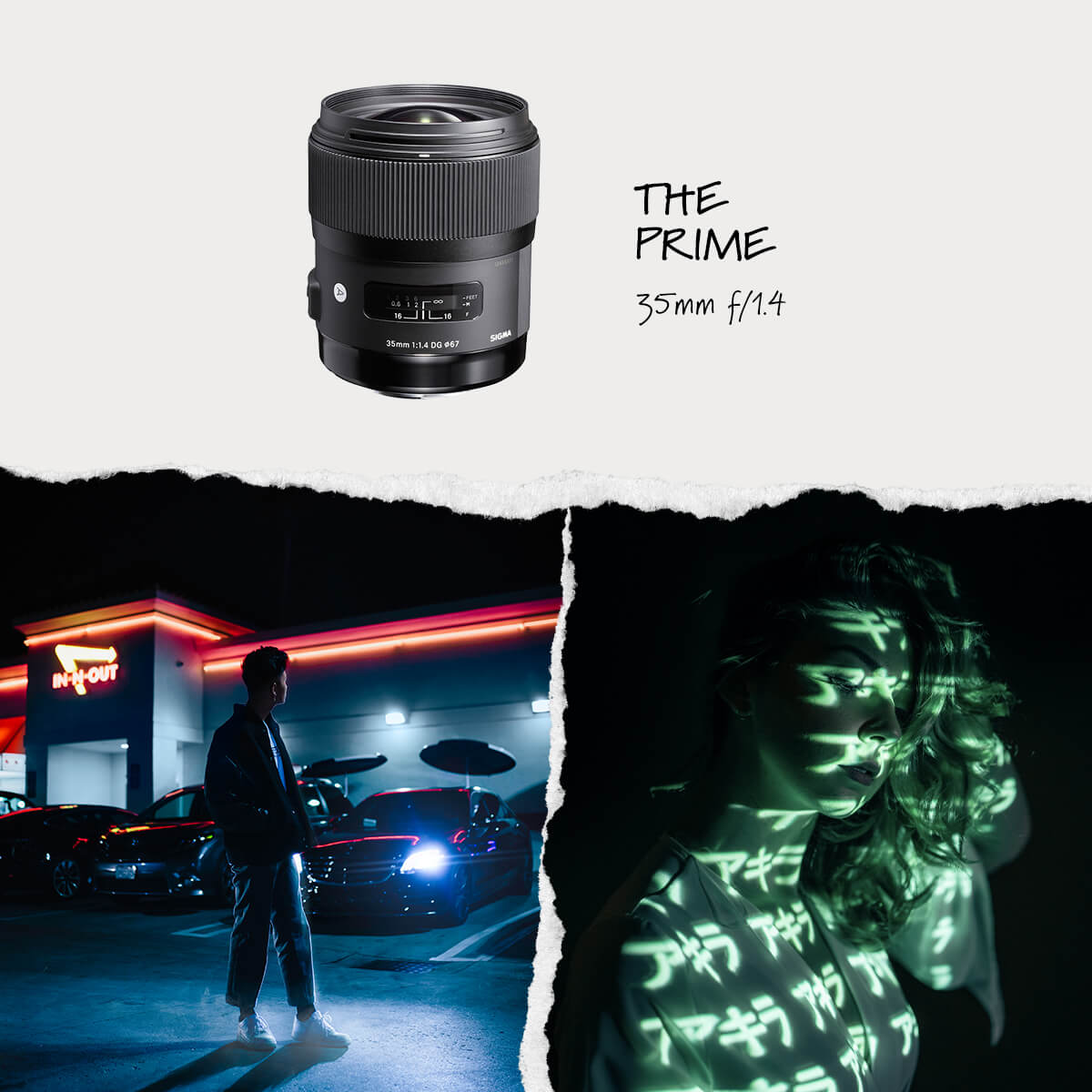
Image 1: 1/250, f/1.8, ISO 1250, 35mm | Image 2: 1/60, f/1.8, ISO 1600, 35mm
Models: @thetylerxu | @samantha.s.dixon
85mm f/1.8 – The Low Light Portrait Prime Lens
Everything that the 35mm prime lens above offers, the 85mm f/1.8 can do too – but what does that extra 50mm of focal length get you? Unparalleled sharpness and detail at a zoomed focal length! Along with the extra zoom, we love this lens for its ability to compress backgrounds, pulling them in and appearing grander – great for capturing portraits with an epic backdrop like mountains or skyscrapers.
Lens recommendations:
Sony: Sony FE 35mm f/1.4 G Master Prime | Alt: Sigma Art 35mm f/1.4 Prime (for Sony)
Canon: Canon EF 35mm f/1.4L II Prime | Alt: Sigma Art 35mm f/1.4 Prime (for Canon)
Nikon: Nikkor 35mm f/1.4 Prime | Alt: Sigma Art 35mm f/1.4 Prime (for Nikon)
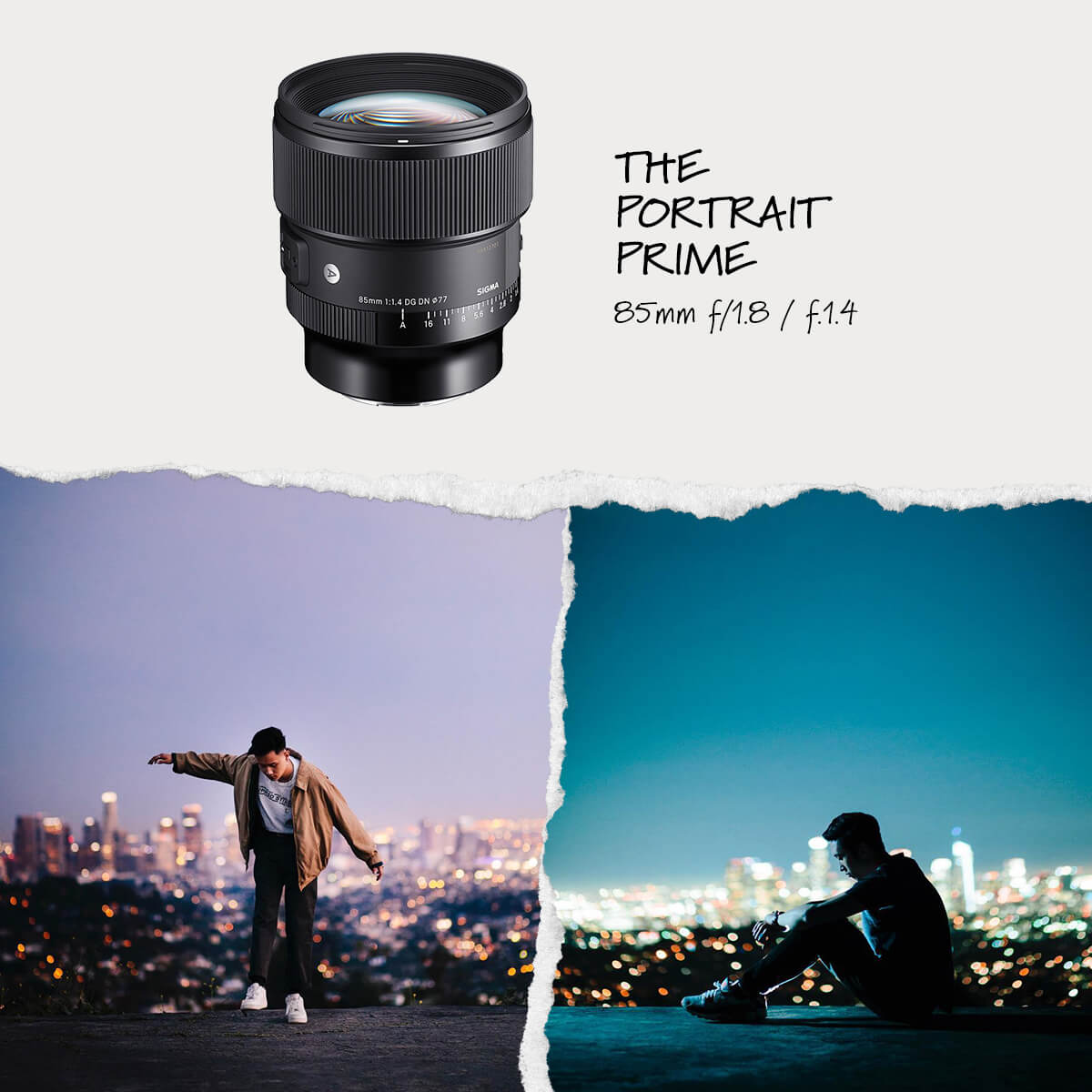
Image 1: 1/320, f/1.8, ISO 800, 85mm | Image 2: 1/100, f/1.8, ISO 800, 85mm
Models: @thetylerxu | @calvnlau
70-200mm f/2.8 – The Low Light Telephoto Lens
We’ve talked about the wide lenses, and we’ve talked about the sharp prime lenses – now we depart to the realm of true telephoto. Our pick for low light telephoto lens goes to the mighty, yet versatile, 70-200mm f/2.8! A lens used anywhere from nature, to studios, sports, and automotive. The low light capabilities of this lens come from its wide aperture of f/2.8. The extended optical zoom lets you get up close to the details, or lets you isolate your subjects by punching in and cropping out distractions. If you thought the 85mm provided great zoom and compression abilities, this lens takes that further, going to a 200mm focal length!
Lens recommendations:
Sony: Sony FE 70-200mm f/2.8 GM | Alt: Sony FE 70-200mm f/4
Canon: Canon EF 70-200mm f/2.8L | Alt: Tamron SP 70-200mm f/2.8 (for Canon)
Nikon: Nikkor 70-200mm f/2.8 | Alt: Sigma 70-200mm f/2.8 (for Nikon)

Image 1: 10sec, f/7.1, ISO 125, 102mm | Image 2: 1/80, f/4.5, ISO 1000, 200mm
Honorable Mentions: Tripods for Low Light Photography
We can’t talk about the best lenses for low light shooting without suggesting a few tripods. Let’s face it, as great as these lenses are, sometimes light is just not strong enough for us to capture photos freehand.
When it comes to the long exposures of a landscape or a starry sky, or even just a quick snap at 1-2 secs to let in more light, a sturdy portable tripod is always handy to either shoot at a higher f-stop or lower ISO for impeccable sharpness and detail.
Here are some of our favorite sturdy, trusted and portable tripods:
- Peak Design Travel Tripod (Aluminum)
- Peak Design Travel Tripod (Carbon Fiber)
- Manfrotto Element Traveller Tripod
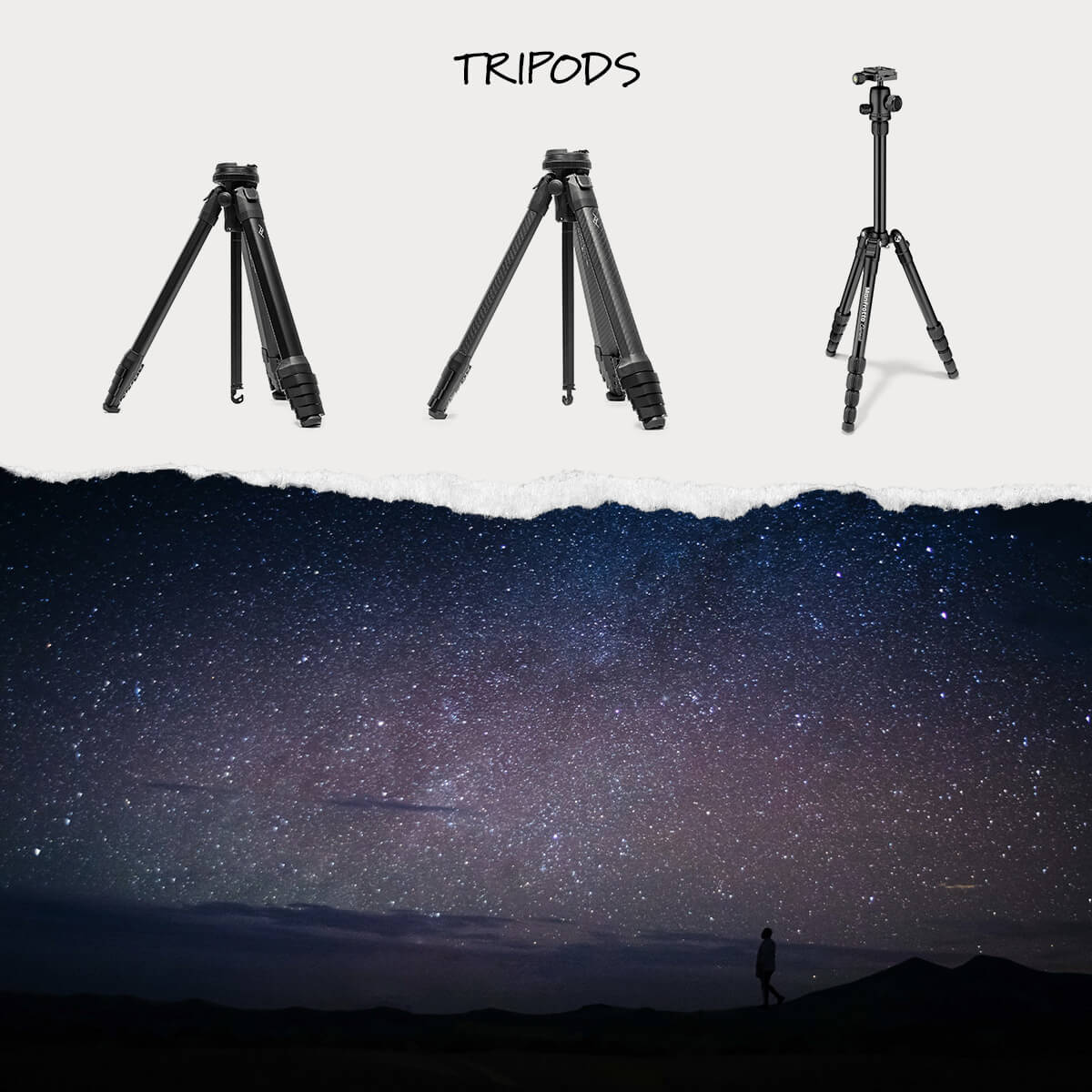
Image Settings: 20sec, f/2.8, ISO 2500, 32mm
Do you already have a go-to lens you use for low light photography? What kind of focal length suits your style most? Let us know in the comments! Make sure to follow us on Instagram @gridfiti and @gearspread for more photography and gear content.
Gridfiti is supported by its audience – when you buy something using the retail links in our posts, we may earn a small commission at no additional cost to you. We only recommend products we would use ourselves and recommend to our friends and family. Read more about our affiliate disclaimer.